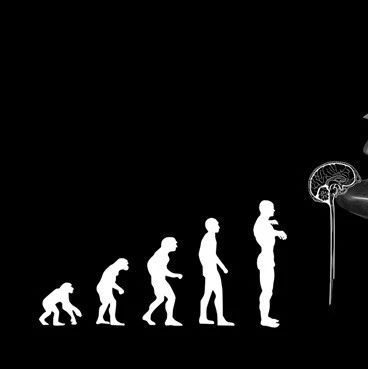研究人员报告说,在大气的所有温室气体中,二氧化碳对地球气候施加着最大的控制力。
尽管人们在100多年以来就已知二氧化碳具有温室气体效应,但其在气候暖化中的主要作用仍然没有得到普遍的承认。 例如,水蒸气是一种强力的温室气体,它在大气中比二氧化碳还要更丰富。 但水蒸气会在大气中凝结并降落,因此它扮演的是与二氧化碳及其它非凝结性温室气体(如臭氧、甲烷和氯氟烃等)不同的角色。
Andrew Lacis及其同事开展了一组理想化气候模型试验,在这些实验中,不同的温室气体被添加到大气之中或从大气中减去。这样做是为了阐释它们在控制气温方面所起的作用。 这些发现证实,二氧化碳是最强效的温室“控制旋钮”,而其含量多寡决定了大气中会含有多少的水蒸气。 研究人员报告说,在没有二氧化碳时,地球气温会急剧下降至一种冰冻的状态,尽管他们警告说,大气中二氧化碳水平的增加也是令人担忧的。 他们写道:“这使得减少并控制大气中的二氧化碳成为一个严重而其紧迫的问题,这值得人们对其进行实时的关注。”
推荐英文摘要:
Science DOI: 10.1126/science.1190653
Atmospheric CO2: Principal Control Knob Governing Earth’s Temperature
Andrew A. Lacis,* Gavin A. Schmidt, David Rind, Reto A. Ruedy
Ample physical evidence shows that carbon dioxide (CO2) is the single most important climate-relevant greenhouse gas in Earth’s atmosphere. This is because CO2, like ozone, N2O, CH4, and chlorofluorocarbons, does not condense and precipitate from the atmosphere at current climate temperatures, whereas water vapor can and does. Noncondensing greenhouse gases, which account for 25% of the total terrestrial greenhouse effect, thus serve to provide the stable temperature structure that sustains the current levels of atmospheric water vapor and clouds via feedback processes that account for the remaining 75% of the greenhouse effect. Without the radiative forcing supplied by CO2 and the other noncondensing greenhouse gases, the terrestrial greenhouse would collapse, plunging the global climate into an icebound Earth state.







